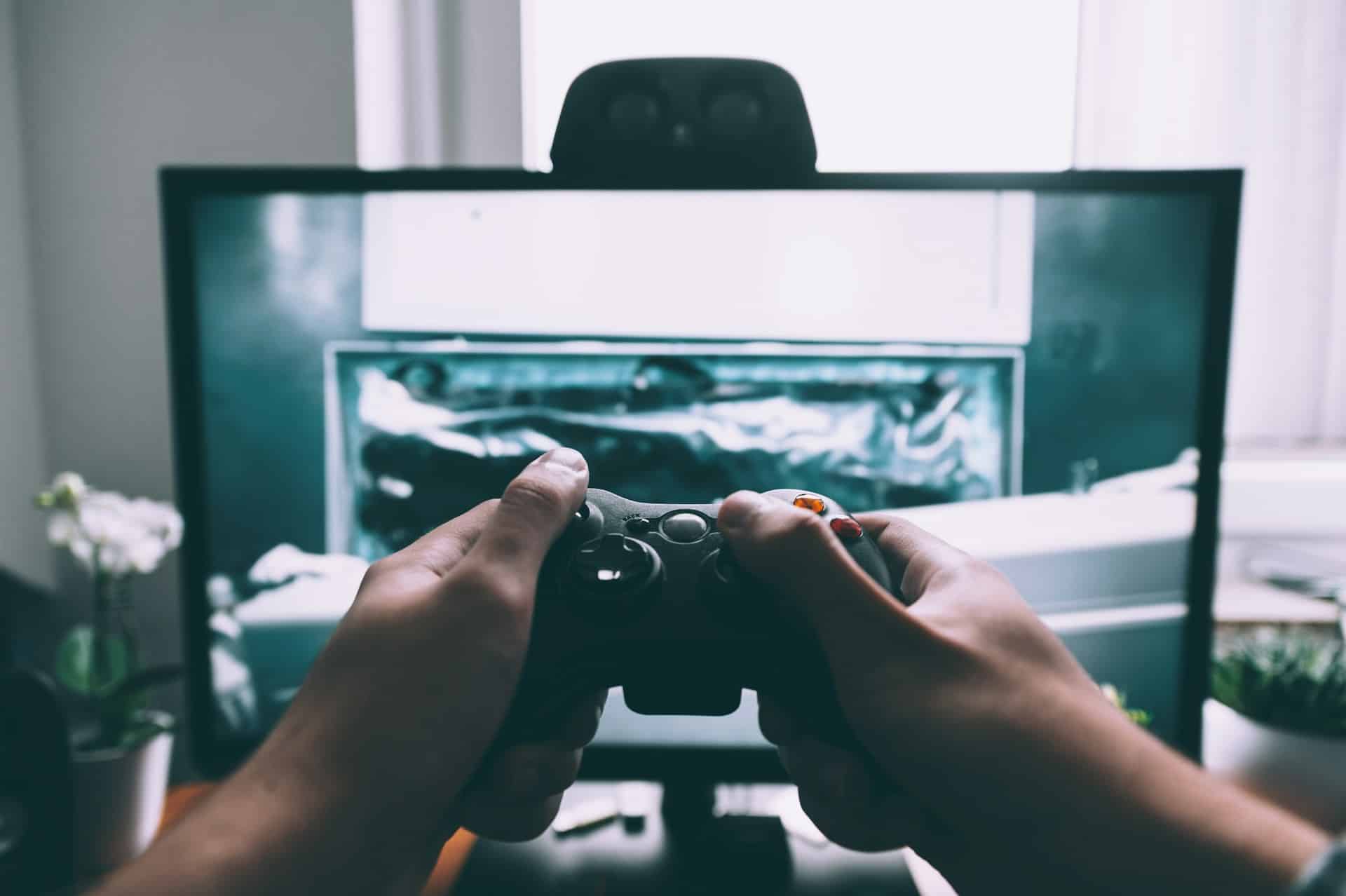Game development is a delicate balancing act between gameplay, art, and technical considerations. At the heart of this balance is the need to manage the memory and performance of the game, especially on mobile devices where resources are limited. This article will delve into one critical aspect of this balance – game texture optimization. Here, we’ll explore the best practices for making your textures efficient, reducing memory usage, and maintaining the quality of your game’s graphics.
The Importance of Texture Optimization in Game Development
Before diving into optimization techniques, it’s crucial to understand why texture optimization is a vital part of game development.
Avez-vous vu cela : How can developers ensure accurate collision detection in high-speed racing games?
Textures are often one of the most memory-intensive elements of a game. They are fundamental to the game’s graphics, giving objects their appearance and providing a sense of realism and depth. In powerful gaming consoles and computers, handling high-resolution textures might not pose a significant problem. However, in mobile games, where devices have constrained memory and processing capabilities, texture optimization becomes critical.
Without proper texture management, a game can rapidly consume available memory, leading to performance issues such as slow rendering times, reduced frame rates, and even crashes. Furthermore, large textures can extend your game’s loading times, which might frustrate players and prompt them to abandon your game.
A voir aussi : Elevate your gameplay with premium valheim server rental
Choosing the Right Texture Format for Limited Memory
The first step in texture optimization is choosing the right texture format. Different formats have different characteristics, including varying levels of quality, memory usage, and the tools required for rendering them on the GPU.
When developing games for mobile devices, the texture format should ideally be small in size to save memory, quick to load, and easy to decompress for the GPU. A commonly used format for mobile games is the ETC1 (Ericsson Texture Compression), which offers a good balance between quality and memory usage. However, keep in mind that the ETC1 format doesn’t support alpha channels, which are needed for transparent textures.
Another format to consider is the PVRTC (PowerVR Texture Compression), which boasts a higher compression ratio and supports alpha channels. However, it’s primarily compatible only with PowerVR GPUs, commonly found in iOS devices.
Choosing the right format for your game involves testing different formats and measuring their impact on your game’s performance and memory usage.
Optimize Textures with Mipmapping
Mipmapping is a technique used in computer graphics to enhance the performance and visual quality of textures during rendering. It involves creating smaller, pre-filtered versions of a texture, which are then used based on the distance between the viewer and the object.
Using mipmaps can improve the performance of your game, as it reduces the work that the GPU has to do. When an object is far away from the camera, the GPU can use a smaller, pre-filtered texture rather than the full-resolution one, saving memory and processing time.
The downside of mipmapping is that it increases the total memory usage of each texture, as you’re storing multiple versions of it. However, the performance gains often outweigh the extra memory cost, making it a suitable technique for optimization in mobile games.
Reducing Texture Sizes and Resolution
Another effective technique for optimizing game textures is by reducing their size and resolution. While high-resolution textures can create stunning visuals, they also require a lot of memory and can lead to performance issues on devices with limited resources.
Reducing texture size and resolution involves a trade-off between performance and visual quality. Therefore, it’s important to find a balance that maintains your game’s aesthetic while ensuring it runs smoothly.
Start by identifying which textures don’t require high resolution. Things like distant objects or elements that occupy a small portion of the screen generally don’t need high-resolution textures. Also, consider using texture atlases, which combine multiple textures into a single image. Texture atlases can reduce the number of draw calls by the GPU, improving rendering performance.
Leveraging Unity’s Compression and Optimization Features
The Unity game engine provides several features and tools that can assist game developers in optimizing their textures. These tools include texture compression, LOD (Level of Detail) groups, and the profiler.
Unity’s texture compression feature can significantly reduce a texture’s memory footprint without sacrificing too much visual quality. It allows for various compression formats, such as ETC1, PVRTC, and others, depending on the target platform.
The LOD feature lets you define different versions of an object with varying levels of complexity, which Unity then selects based on the object’s distance from the camera. This helps reduce the number of polygons and textures that need rendering, which can significantly improve performance.
Finally, the Unity Profiler is a powerful tool that gives you insights into your game’s performance. It can help identify bottlenecks in your game, including those related to textures, allowing you to focus your optimization efforts where they’ll make the most impact.
In conclusion, given the memory constraints of mobile devices, texture optimization is a critical aspect of game development. It requires a blend of techniques, from choosing the right texture format and leveraging mipmapping to reducing texture sizes and taking advantage of Unity’s optimization features. By implementing these practices, you can ensure your game delivers a smooth, enjoyable experience for your players, even on devices with limited memory.
The Role of Texture Compression in Game Performance Optimization
Texture compression is an integral component of game optimization, particularly for mobile devices. While textures contribute significantly to the visual quality of a game, they can also consume a large chunk of the system’s memory and affect game performance.
First, game developers need to understand that unlike regular image compression, texture compression is designed to be GPU-friendly. This means the textures stay compressed even in the GPU memory, reducing memory bandwidth and improving rendering performance.
Several texture compression formats are available, each with its specific features and trade-offs. For instance, ETC1, as mentioned earlier, has an excellent balance of quality and memory usage but lacks support for alpha channels. There’s also ASTC (Adaptive Scalable Texture Compression), which provides a rich set of options, allowing game developers to choose the optimal balance of size and quality.
It’s important to note that the compression format you choose should be compatible with your target device’s GPU. This compatibility is crucial as the GPU will decompress and apply the textures during the rendering process.
Remember, the ultimate goal of texture compression is not just to save memory but also to maintain the game’s visual quality while improving game performance. This can be achieved by carefully selecting the right compression format and settings for your textures, considering both the memory usage and the visual fidelity they provide.
Normal Maps and Pixel Lights in Game Art Optimization
Normal maps and pixel lights are often used in game art to enhance visual quality and realism. They add depth and detail to textures without significantly increasing the memory usage, making them excellent tools for optimizing game art, especially in mobile games with limited resources.
A normal map is a type of texture map that encodes surface normals, which are vectors perpendicular to a surface. In simpler terms, normal mapping adds the illusion of depth and detail to a surface by modifying the way it reflects light. It’s a more memory-efficient alternative to geometric details, which would require adding more polygons and thus increase memory usage.
Pixel lights, on the other hand, are used to create dynamic lighting effects. Unlike vertex lights, which only calculate lighting at the vertex level, pixel lights calculate lighting at a per-pixel level. This results in more accurate and detailed lighting but also requires more processing power.
In mobile game development, it’s often recommended to limit the number of pixel lights and use them only where necessary. This is because mobile devices generally have less powerful GPUs compared to gaming consoles or PCs, and excessive pixel lights can lead to performance issues.
As always, finding the right balance is key. Use normal maps to add details to your textures and pixel lights to enhance lighting, but do so judiciously to maintain optimal performance.
In the realm of game development, particularly for mobile devices, efficiently optimizing game textures is a significant concern. Striking the right balance between incredible visual quality and efficient memory usage can be challenging but is certainly achievable using various best practices.
These include choosing the correct texture format such as ETC1 or PVRTC, reducing texture size and resolution, and utilizing mipmapping. Unity’s texture compression, LOD groups, and the Profiler tool also offer robust solutions for texture optimization. Additional techniques such as intelligently using normal maps and pixel lights can further enhance a game’s graphics without overloading the system’s memory.
Ultimately, it’s all about giving players the best possible gaming experience. This involves creating games that not only look great but also run smoothly, even on devices with limited memory. By implementing these performance optimization strategies and continually testing and tweaking, game developers can ensure their games deliver on all fronts.









